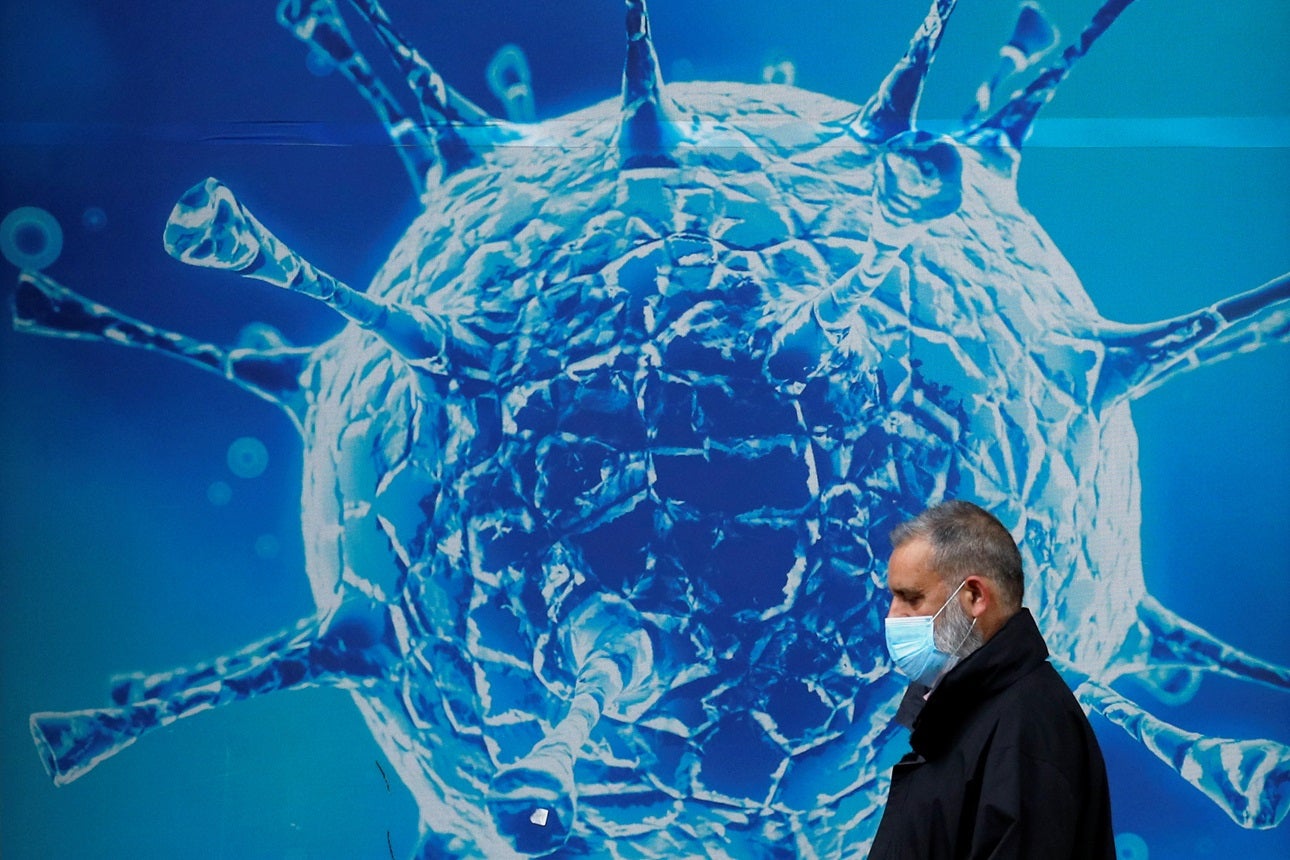Five ways data is changing health care
Data has long been a powerful lever of change. And since the COVID-19 pandemic, it's become a tool that is likely to reshape health care, beyond the pandemic

The COVID-19 pandemic has been an innovation accelerator – and data, one of that accelerator’s more powerful commodities. From testing for the disease, to contact tracing, to management of PPE and medical supplies, to vaccine registration, and genomic sequencing, the pandemic has highlighted the role of data as a critical tool for health care systems around the world.
Through data dashboards that show the rate of spread within communities, or data aggregators that show hospital systems where oxygen supplies may be lacking, or even mobile networks that show where potential exposure may have occurred, data is being used by public health systems to mitigate the spread and improve the management of COVID-19.
The following are five ways in which data has played a unique role in the pandemic, and will likely outlast it:
1) Improved patient care
Data can help inform programs and policies in real time to improve patient care. In Pakistan’s Sindh Province, for example, the Zindagi Mehfooz Electronic Immunization Registry, an Android-based application, allowed health officials to quickly recognize a massive decline in immunization visits and an estimated 1.2 million children who missed vaccinations between March 2020 and March 2021. Armed with this app, health workers identified the names, locations, and contact details of these vulnerable children and provided door to door immunization services. As a result, one year after the onset of the pandemic, average daily immunization rates increased 141 percent above baseline estimates.
2) Improved contact tracing
COVID-19’s asymptomatic transmission has presented great challenges to containing its spread. Mobile networks worldwide have been activated to help inform users of likely exposure and have also allowed customers to self-report, in order to feed disease maps. These disease maps can then help people avoid certain geographies where the rate of infection is greater and, in doing so, curb the spread of the disease.
3) Improved access to supplies
As the global supply chain faltered under COVID-19, hospital systems scrambled for supplies and front-line medical workers around the world were forced to reuse personal protective equipment, make their own, or go without.
Aggregating data has helped boost purchasing power in Africa. For example, the African Medical Supplies Platform combined the demand of African nations to centralize buying power through bulk purchasing. By sharing their data to determine their joint demand, African nations were able to buy large volumes of PPE from global suppliers and effectively distribute necessary supplies. By sharing the data corresponding to their individual demand, the members of the African Union leveraged their buying power and secured supplies, from masks and gloves to ventilators and vaccines, more quickly.
4) Improved disease tracking
Genomic sequencing taking place around the world is showing scientists the path of emerging COVID-19 variants, allowing them to monitor not only how the disease travels but also, helping understand its progression. Through millions of data points scientists can model the path of COVID-19 – or other diseases – and help develop real-time mitigation strategies. Downstream, it can also inform vaccine manufacturers adapting vaccines to fight specific strains of COVID-19.
5) Improved global collaboration
Not a single nation was spared the effects of COVID-19. Perhaps that is the main reason countries felt the need to collaborate globally, sharing information, research, and solutions. One such platform of data sharing is 4CE, an international consortium for electronic health record data-driven studies of the COVID-19 pandemic. The platform has helped doctors, epidemiologists, and the public stay informed about COVID-19 by leveraging data acquired through the health care process. Mass data repositories like 4CE are changing the way information is shared, stored, and used across the world, creating opportunities for faster development of drugs, therapeutics, and vaccines.
Long after the pandemic is behind us, these tools for leveraging data, as well as others not mentioned here, will remain an important asset to health care delivery, management, and innovation. In a world where data scientists are now contributing to fighting disease alongside doctors and epidemiologists, data has become an essential part of the health care ecosystem and a necessary tool to fight COVID-19 and other diseases.
